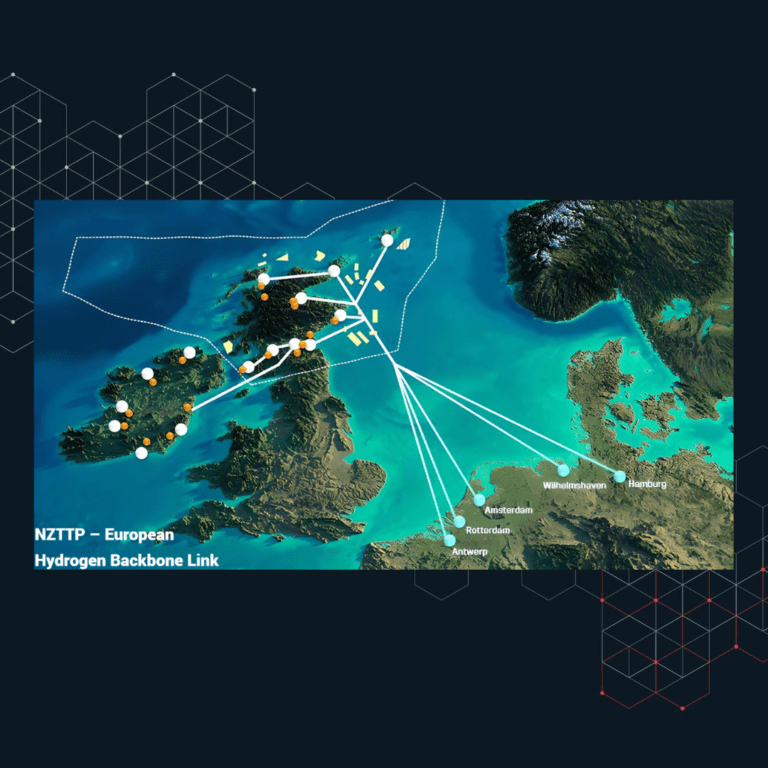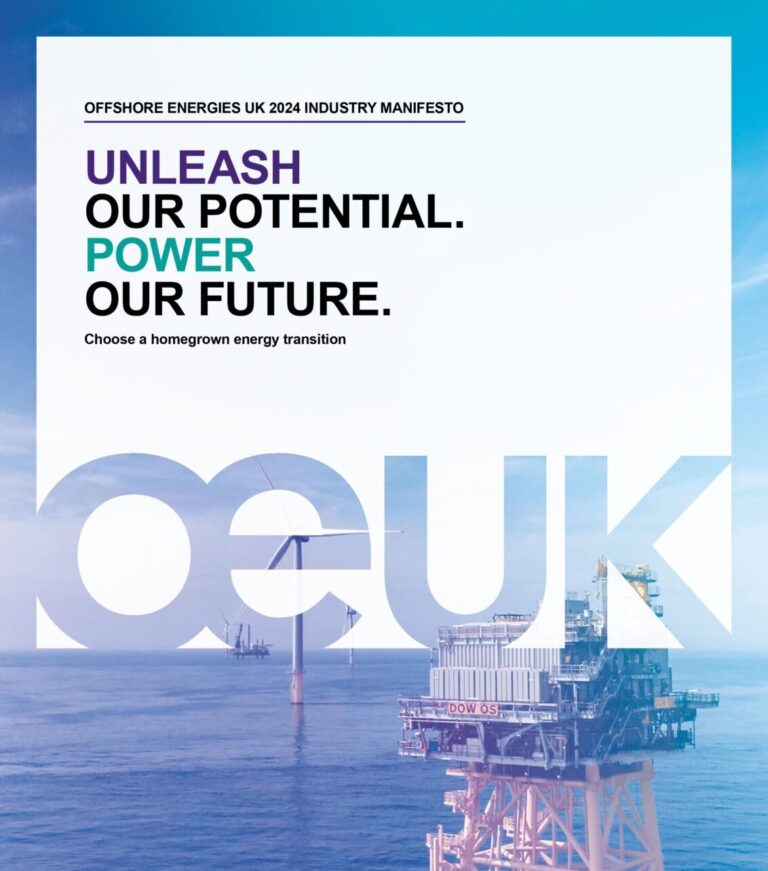NACE MR0175 / ISO 15156:2020 New Technical Circular
The first Technical Circulars of ISO 15156:2020 have been published, the Technical Circulars are considered part of ISO 15156 with immediate effect.
NACE is currently in the process of adopting ISO 15156:2020 as the new standard NACE MR0175, it is expected that the document will be fully adopted, this will include any Technical Circular.
Following changes are common for part 1-3
- Table 1 — List of equipment in Clause 1:Scope has been updated with;
The statement added to exclusions is,
“Stabilized crude oil (gas-free) pipelines containing less than 0,5 % water. See footnote e for additional requirements.”
The footnote related to the statement is,
“Pipeline steels with SMYSs up to 483 MPa (70 ksi) are acceptable for service with stabilized crude containing less than 0,5 % water by volume and pH > 5,6 (typical). Fabrication and field weld hardness below 350 HV is acceptable if made in accordance with ISO 13847, API 1104 or CSA Z662 for non-sour service welds. For new pipelines, equipment users shall continue to consider HIC per ISO 15156-2:2020, Clause 8.”
- Updates to normative references to include ISO 13847, API 1104 and CSA Z662.
Experimental and field data showed that 0.3kPa limit of H₂S partial pressure was an overly conservative approach for stabilized crude containing lines, since no signs of SSC encountered in related studies and field experiences. This ballot was proposed by the Canadian Crude Quality Technical Association.
Changes to specific parts of ISO 15156:2020
Technical circular of Part 1
- The term stabilized crude defined in Clause 3 as;
“hydrocarbon liquids that have been processed by separators or heater treaters to remove produced free gases and have a vapor pressure below 101 kPa at 25 °C.”
- Re-enumeration of terms and definitions in Clause 3.
Technical circular of Part 3
- In the table Table A.1 — Guidance on the use of the materials selection tables of Annex A based on equipment or component type, in the Equipments or components column, description “Instrument tubing and associated compression fittings, surface control line and surface screens” has been updated as “Instrument tubing, control-line tubing, associated compression and threaded fittings, and screens”.
- Name of Table A.4 has been updated as “Environmental and materials limits for austenitic stainless steels used in surface applications as instrument tubing, control-line tubing, associated compression and threaded fittings, and screen devices”.
– Footnote “UNS S31600 stainless steel may be used for compression fittings, threaded fittings, and instrument tubing even though it might not satisfy the requirements stated for any equipment or component in Table A.2.” updated.
– Footnote “In the context of this table, the term “associated compression and threaded fittings” includes those fittings used to connect instrument tubing to itself or instruments, or control line tubing to itself or control devices.” has been added.
- Name of Table A.11 has been updated as “Environmental and materials limits for highly alloyed austenitic stainless steels used as instrument tubing, control-line tubing, associated compression and threaded fittings, and surface and downhole screen devices”.
– Footnote “In the context of this table, the term “associated compression and threaded fittings” includes those fittings used to connect instrument tubing to itself or instruments, or control line tubing to itself or control devices.” has been added.
- Environmental and material limits for S41426 now specified in Table A.19.
– Footnote “UNS S41426 tubing, casing, coupling is acceptable for Grade 110 [758 MPa (110 ksi)] and shall be in the quenched and tempered condition with maximum hardness of 32 HRC. Grade 110 refers to tubing, casing, coupling manufactured to 758 MPa (110 ksi) minimum yield strength. For the purpose of this provision, tubular product from bar or drilled bar is not included.” has been added.
- Footnote of Table A.32 has been updated with changes;
– a) except as stated in c), wrought UNS N07718 shall be in any one of the following conditions:
1) solution-annealed to a maximum hardness of 35 HRC;
2) hot-worked to a maximum hardness of 35 HRC;
3) hot-worked and aged to a maximum hardness of 35 HRC;
4) solution-annealed and aged to a maximum hardness of 40 HRC;
5) meeting requirements of API 6ACRA UNS N07718-120K.
– c) wrought UNS N07718 shall be in any one of the following conditions:
1) solution-annealed and aged to a maximum hardness of 45 HRC when meeting the composition, heat treatment and microstructure requirements of API 6A CRA UNS N07718-150K;
2) solution-annealed and aged to a maximum hardness of 44 HRC when meeting the composition, heat treatment and microstructure requirements of API 6A CRA UNS N07718-140K.
- Environmental and material limits for R53400 now specified in Table A.41 with the footnote “UNS R53400 shall be in the annealed condition.”
To discuss how these changes impact your project contact the OGC Energy team now.



